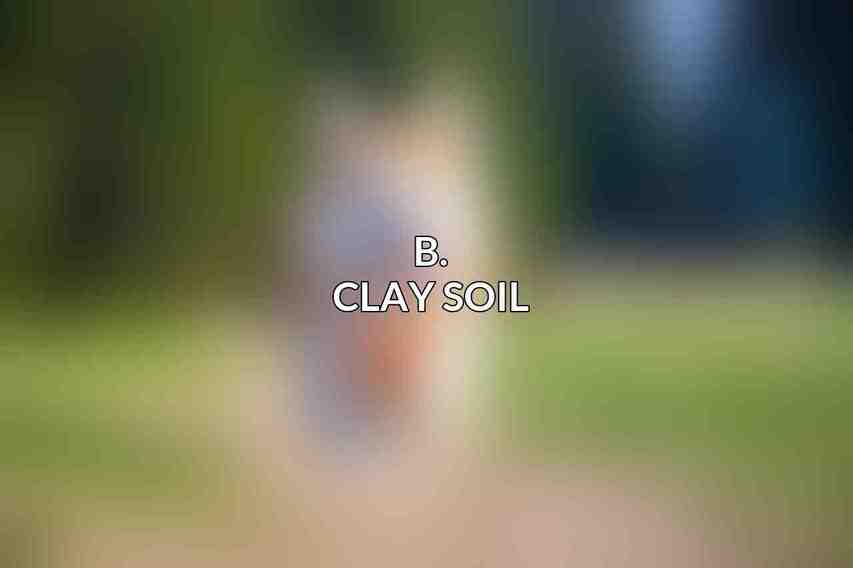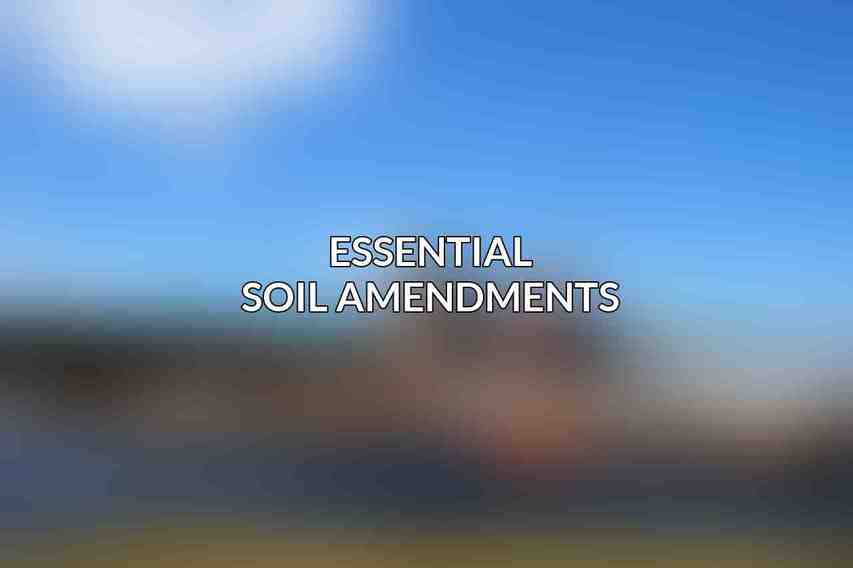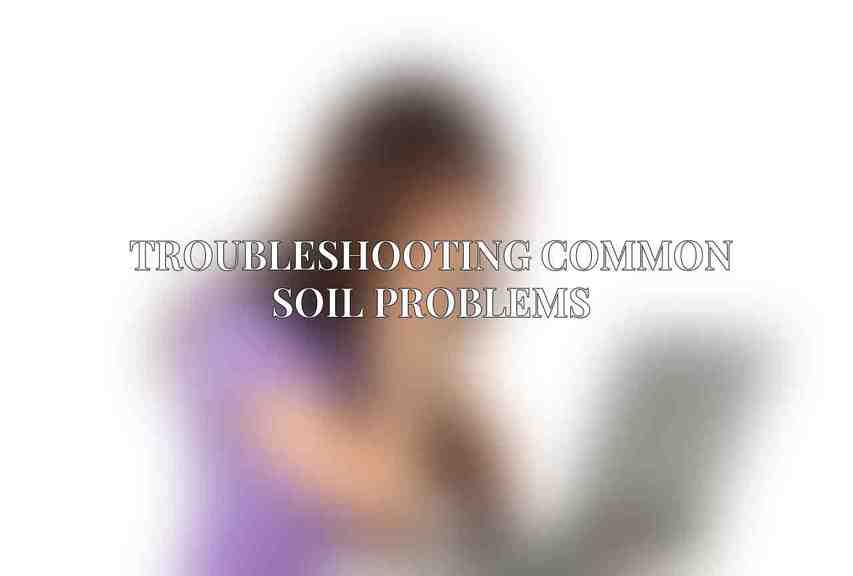When it comes to gardening, understanding the different soil types is crucial for successful plant growth. Whether you’re planting vegetables, herbs, or indulging in some floral arrangements with Flowers Fast, knowing the characteristics of soil types will help you provide the best environment for your plants.
| Product | Description | Price | Link | ||||||||||||||||||||||||||||||||||||||||||||||||||||||||||||||||||||||||||||||||||||||||||||||||
|---|---|---|---|---|---|---|---|---|---|---|---|---|---|---|---|---|---|---|---|---|---|---|---|---|---|---|---|---|---|---|---|---|---|---|---|---|---|---|---|---|---|---|---|---|---|---|---|---|---|---|---|---|---|---|---|---|---|---|---|---|---|---|---|---|---|---|---|---|---|---|---|---|---|---|---|---|---|---|---|---|---|---|---|---|---|---|---|---|---|---|---|---|---|---|---|---|---|---|---|
| Seed Starting Mix | A sterile blend of peat moss, perlite, and vermiculite that is ideal for starting seeds | $14.99 | [Buy Now (https://www.flowersfast.com/seed-starting-mix.html)] | ||||||||||||||||||||||||||||||||||||||||||||||||||||||||||||||||||||||||||||||||||||||||||||||||
| Potting Soil | A nutrient-rich blend of soil, compost, and perlite that is perfect for growing plants in containers | $19.99 | [Buy Now (https://www.flowersfast.com/potting-soil.html)] | ||||||||||||||||||||||||||||||||||||||||||||||||||||||||||||||||||||||||||||||||||||||||||||||||
| Garden Soil | A nutrient-rich blend of soil, compost, and topsoil that is ideal for growing plants in the garden | $24.99 | [Buy Now (https://www.flowersfast.com/garden-soil.html)] | ||||||||||||||||||||||||||||||||||||||||||||||||||||||||||||||||||||||||||||||||||||||||||||||||
| Compost | A natural fertilizer that is rich in nutrients and helps to improve soil structure | $12.99 | [Buy Now (https://www.flowersfast.com/compost.html)] | ||||||||||||||||||||||||||||||||||||||||||||||||||||||||||||||||||||||||||||||||||||||||||||||||
| Perlite | A lightweight, porous material that helps to improve drainage and aeration in soil | $9.99 | [Buy Now (https://www.flowersfast.com/perlite.html)] | ||||||||||||||||||||||||||||||||||||||||||||||||||||||||||||||||||||||||||||||||||||||||||||||||
| Vermiculite | A lightweight, absorbent material that helps to retain moisture in soil | $14.99 | [Buy Now (https://www.flowersfast.com/vermiculite.html)] | ||||||||||||||||||||||||||||||||||||||||||||||||||||||||||||||||||||||||||||||||||||||||||||||||
| Visit Flowers Fast | |||||||||||||||||||||||||||||||||||||||||||||||||||||||||||||||||||||||||||||||||||||||||||||||||||
A. Sandy Soil
Sandy soil is known for its loose and well-drained nature. While it has its advantages, such as quick drainage and ease of workability, there are also drawbacks. Sandy soil tends to dry out quickly and has a low nutrient content, requiring additional amendments to support plant growth effectively.
B. Clay Soil

On the other hand, clay soil is characterized by its compact and heavy texture. It retains moisture and nutrients well, which can be beneficial for certain plants. However, clay soil is challenging to drain and can become waterlogged, posing risks to plant roots if not managed properly.
C. Loam Soil
Loam soil is often considered the ideal soil type for gardening as it is a balanced combination of sand, silt, and clay. It offers good drainage while retaining essential nutrients for plant growth. Despite its advantages, creating loam soil from scratch can be expensive, but the benefits it provides to your garden are worth the investment.
Essential Soil Amendments

In addition to understanding soil types, incorporating essential soil amendments is key to improving soil quality and providing the necessary nutrients for plant development. Flowers Fast offers a range of organic products to enhance your soil composition.
A. Compost
Flowers Fast Organic Compost is a rich source of nutrients that helps improve soil structure and fertility. By spreading 2-4 inches of compost over your soil surface, you can enhance its fertility and introduce beneficial microorganisms crucial for plant growth.
B. Manure
Manure, whether from cows, horses, or chickens, is a valuable source of organic matter and nutrients for your garden. Using aged manure is recommended to avoid burning plant roots. Incorporating manure into the soil helps enrich it and provides essential elements for healthy plant growth.
C. Fertilizer
Flowers Fast Plant Food 10-10-10 offers a balanced formula suitable for a wide variety of plants. This fertilizer provides the necessary nutrients for plants to thrive. Following the instructions on the product label ensures that your plants receive the right amount of nourishment for healthy development.
Preparing Your Garden Bed
Before you start planting your Flowers Fast blooms, it’s essential to prepare your garden bed properly. This process sets the foundation for healthy plant growth and ensures that your flowers will flourish in their new environment.
A. Choose a Suitable Site
When selecting a site for your garden bed, consider factors such as sunlight exposure, drainage conditions, and accessibility for maintenance. Avoid areas with standing water or excessive shade, as these can impact plant health negatively.
B. Clear the Site
Clearing the site of any existing vegetation, roots, and debris is necessary to provide a clean slate for planting. Use a rake or tiller to loosen the soil and remove obstacles that could hinder plant growth.
C. Amend the Soil
Once the site is clear, spread compost or manure over the soil surface and mix it thoroughly using a garden tiller or shovel. Incorporating fertilizer based on the manufacturer’s instructions ensures that your plants receive essential nutrients for their growth.
D. Level and Smooth the Surface
After amending the soil, use a rake or level to distribute the soil evenly across the bed. Creating a smooth surface not only improves the aesthetics of your garden bed but also makes planting easier and more organized.
E. Water the Soil
Watering the bed deeply helps settle the soil and prepare it for planting. Allow excess water to drain before proceeding with planting to avoid waterlogged conditions that can harm plant roots.
Optimizing Soil Conditions for Flowers Fast Plants
To maximize the growth and blooming potential of Flowers Fast plants, it’s essential to optimize the soil conditions based on their specific needs. From pH levels to mulching, these steps ensure that your flowers receive the care they deserve.
A. Ideal Soil pH for Flowers Fast Plants: 0-5
Testing your soil’s pH with a meter allows you to adjust it using lime or sulfur as needed. Flowers Fast plants thrive in slightly acidic soil conditions, and maintaining the optimal pH range ensures they can access essential nutrients for healthy growth.
B. Mulching
Mulching your garden bed with a 2-3 inch layer of organic materials like shredded leaves, bark, or hay offers various benefits. Mulch helps retain soil moisture, suppresses weed growth, and regulates soil temperature, creating a favorable environment for Flowers Fast plants to flourish.
C. Regular Watering
Consistent and deep watering is crucial for Flowers Fast plants, as they require adequate moisture to thrive. Monitoring soil moisture levels using a moisture meter helps you ensure that your plants receive the right amount of water for optimal growth and flowering.
Troubleshooting Common Soil Problems

Even with proper preparation, garden soil can face challenges that affect plant health. Understanding common issues and solutions allows you to address them promptly and maintain a healthy growing environment for your Flowers Fast plants.
A. Drainage Issues
Poor drainage can lead to waterlogged soil, adversely impacting root health. Improving drainage through methods such as adding organic matter, creating raised beds, or installing drainage systems helps prevent water accumulation and its associated problems.
B. Nutrient Deficiencies
Nutrient deficiencies manifest as symptoms like yellowing leaves, stunted growth, and poor flowering. Regular fertilization and soil testing to identify specific nutrient needs are essential for addressing deficiencies and providing your plants with the necessary elements for robust growth.
C. Soil Compaction
Soil compaction can hinder root growth and nutrient uptake in plants. Aerating the soil using a garden fork or tiller helps improve soil structure by loosening compacted areas. Adding organic matter further enhances soil quality, creating a healthy environment for plant roots to thrive.
By following these soil preparation guidelines and incorporating Flowers Fast products into your gardening routine, you can create an optimal environment for your plants to grow, bloom, and beautify your outdoor space. Whether you’re a beginner or a seasoned gardener, the right soil preparation sets the stage for a successful and vibrant garden.
For more information about Flowers Fast, visit their website here.
Frequently Asked Questions
What is the first step in preparing soil for planting flowers?
The first step is to clear the area of any debris such as rocks, weeds, or old plants.
How do I test the pH of my soil before planting?
You can purchase a soil pH testing kit from a garden center or nursery to test the acidity or alkalinity of your soil.
Is it necessary to amend the soil with nutrients before planting flowers?
It is recommended to add organic matter such as compost or manure to improve soil structure and provide essential nutrients for plant growth.
How often should I water newly planted flowers after soil preparation?
Newly planted flowers should be watered regularly, usually about once a week depending on the weather conditions.
Can I use mulch after planting flowers to help with soil moisture retention?
Yes, applying mulch around the base of the plants can help retain soil moisture, suppress weeds, and regulate soil temperature.

